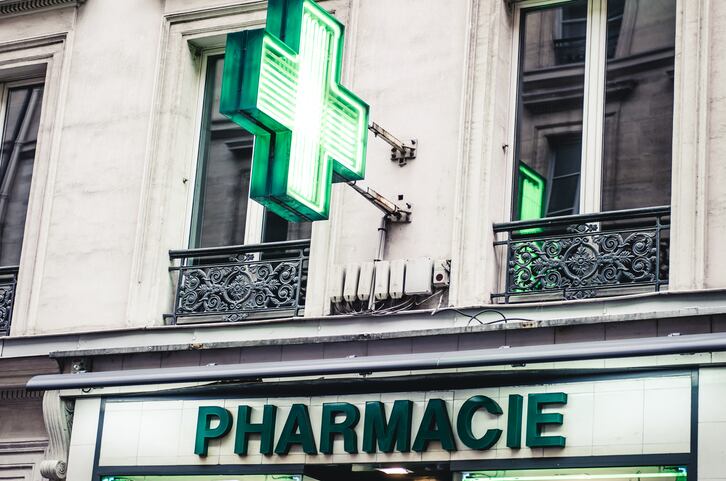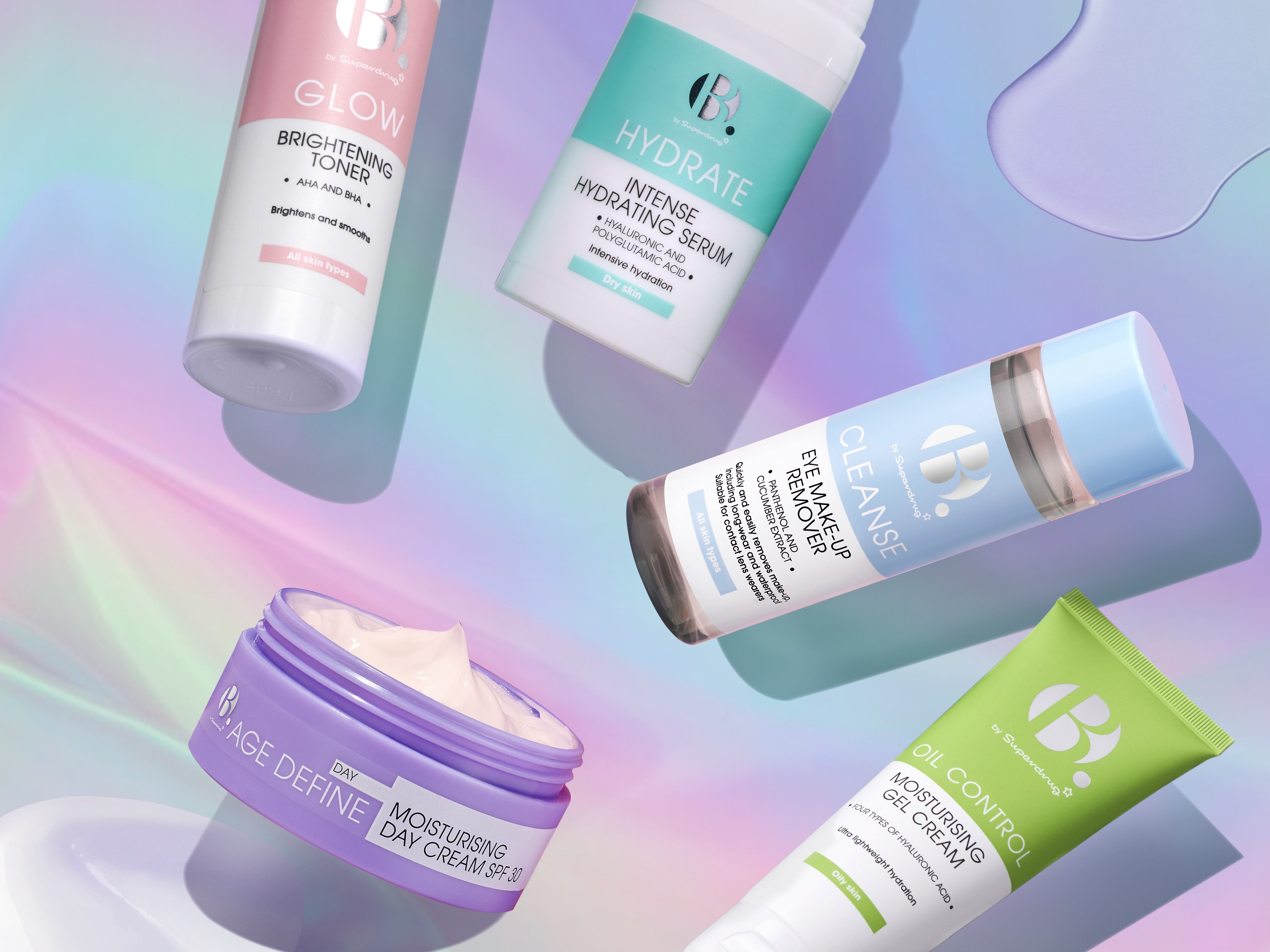Back in August, Walgreens Boots Alliance partnered with app-based food delivery firm Deliveroo in the UK for a pilot scheme offering home deliveries of 400+ health and beauty items in select regions. And in September, Boots UK unveiled 30 new beauty halls nationwide as part of a multi-format strategy aimed at providing consumers with greater access to leading beauty brands.
So, what could be learned from these actions? And were such investments the way forward for the UK’s market leader in health and beauty retail and others?
Boots realises it needs to ‘do something’
The Boots tie-up with Deliveroo was “a good move, if not overdue”, according to Chris Elliott, head of market insights at Edge by Ascential.
“Boots – the market leader – is predicting it’s going to lose share over the next five years. There are not too many market leaders losing share. They’re obviously looking at similar data and realising they need to do something,” Elliott told CosmeticsDesign-Europe.
Partnering with Deliveroo and rolling out dedicated beauty halls were certainly two important moves from the retailer, he said, but more had to be done with e-commerce. “I do think they are overlooking e-commerce and they need to do something about their site.”
Whilst Boots represented about 23% of store-based health and beauty in the UK, Elliott said its e-commerce offering was “barely there”. “…They’ve got such a small slice of the pie in e-commerce; they need to do something to innovate, change and reverse their fortunes.”
Running a business that was majority store-based, he said, left the retailer in a “very precarious position”, he said, particularly when competitors like Superdrug were performing well online.
“Superdrug are recording about ten times more e-commerce sales than Boots, which amazed me when I heard it. That’s huge,” he said.
Investment in e-commerce would therefore be critical for Boots moving forward, he said, along with connecting online offerings with current in-store strategies.
“…What we saw throughout the pandemic was those manufacturers that were heavily invested in e-commerce – the Estée Lauders and L’Oréals – really weathered the pandemic far better than everybody else. And we’ve seen a number of our clients who were just largely trading offline deciding to have an online presence, and it worked for them. For retailers and manufacturers, you can’t overstate how important e-commerce is going to be over the next five years.”
Amazon – the ‘giant elephant in the room’
Asked what part of e-commerce held most growth opportunity for beauty brands, Elliott said that because D2C was a much smaller channel, it would be important to focus efforts and build relationships with specialised online beauty retailers, as well as Amazon.
“We already know if somebody is going to buy a product online, they’re going to search for it and inevitably that is on Amazon (…) Amazon is sort of the giant elephant in the room as it were. Their health and beauty market share is growing, and they’re going to be something like 35-40% of the e-commerce market in the next five years. If 40% of all health and beauty sales are going there, you’re going to have to be working with them in some way or another,” he said.
For beauty retailers, however, Amazon wasn’t a significant competitor yet – not in the short- to medium term anyway, he said, though retailers ought to be keeping a “very cautious eye” on how that evolved.




